Pentax K1000
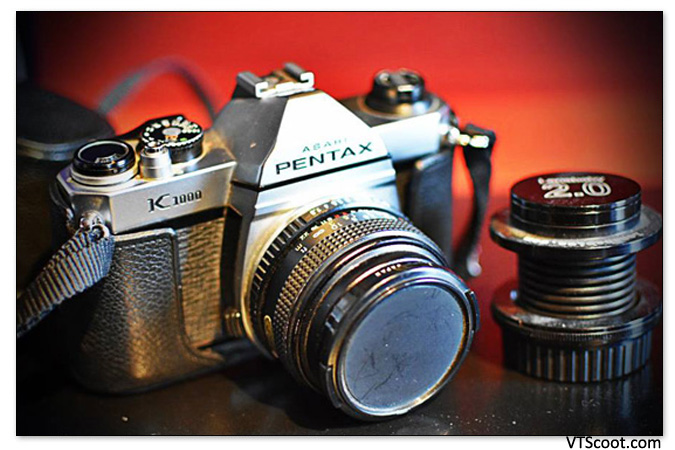
If you’ve ever taken a photography class in college, odds are you’ve had one of these in your hands. The Time-honored “perfect student camera” is a title often applied to this camera, as well as the Canon AE-1 and, occasionally, the Minolta X700.. Why is that? Simple reason is that this camera is all the things you would want a student camera to be… durable, minimalist in its layout, and decidedly functional.

The K1000 is a fully-manual, mechanical film camera built on the design of the earlier Pentax Spotmatic, but utilizing a proprietary K-mounted line of lenses, rather than the M32 lens mount of the Spotmatic. It’s built like a tank, able to take a battering inside your backpack and still shoot an above-average photo.
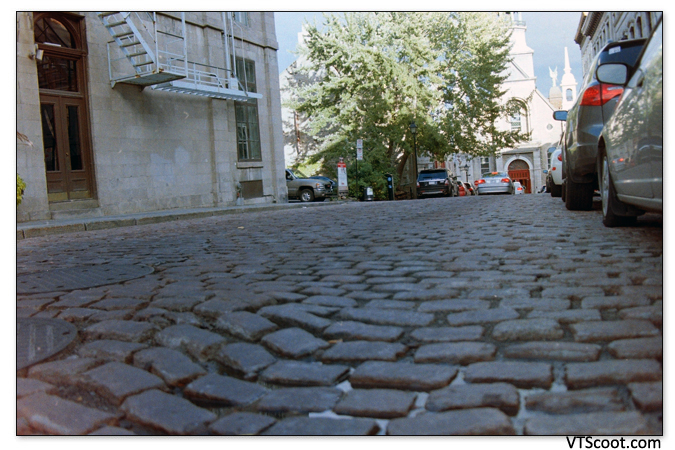
There are no frills, the only controls are the minimum of what a photographer would need: Aperture control, shutter speed dial, and the focusing ring. They produced oodles of these things between 1976 and 1997, I recall seeing a camera body selling for 100 bucks on the shelf at KMart as a teenager, more than I had to spend on a camera at the time (I made 3.35 an hour sweeping warehouse floors part-time), but it’s a testament to the wide availability to the everyman market at the time. Nowadays you can find one on eBay for 60 or 70 bucks with a kit lens, they aren’t rare.
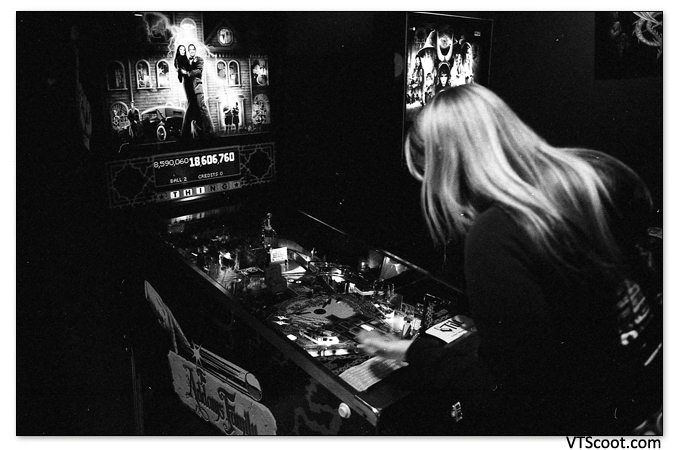
I’ve mentioned, several times, my first photographic mentor, Bob (the guy with a skateboard, a tattoo and a sweet mullet), this was the camera he taught me photography on until I acquired my own Spotmatic. So suffice it to say, this was the second film camera I added to my newly-starting collection many years ago. It’s a really nice camera, and lives up to my recollections of grandeur. I say grandeur, but the fact is that there is nothing truly special about this camera, but that’s actually part of its charm.
Shutter speeds max out at 1/1000 of a second, there is no depth-of-field preview, no auto focus, no exposure adjustment dial, there’s not even an on and off switch – just open the lens cap and the light meter is on. It takes a button cell battery but that only controls the light meter, a meter that consists of a needle that rises and falls with the spinning of the aperture ring until you get it right in the middle… or roughly so. “Spin it so it’s closer to the top than to the bottom, it’s better to get a pinch more light than a pinch not enough” Bob would tell me, his sweet mullet blowing in the upstate New York breeze (which smelled faintly of diesel exhaust or a paper mill, most likely). This simplicity forces you to create the ideal exposure situation for what you hope to achieve. There are no short cuts available, not even a simple shutter or aperture priority mode. Eyeball it and see what happens when you hit the darkroom.
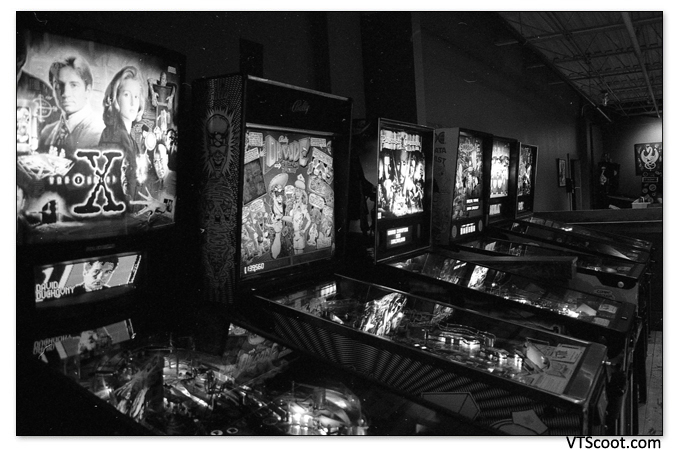
Years later, when I got back into analog photography, the basic principles I was used to with these early Pentax cameras was at the forefront of my memory. So much so that I was amazed when I picked up cameras that had an aperture priority setting, or an exposure adjustment knob, or even the ability to shoot -faster–than 1/1000 of a second. My newest Nikon can shoot in 1/8000, and my teenage brain is blown. Of course, that same camera would have cost me 4,000 bucks as a teenager. Lavin’s Warehouse didn’t have nearly enough floors to sweep to get me that kind of camera, but if I did have one I would have started my education at a disadvantage, as I would never be forced to learn the very basics like a K1000 demands of you.
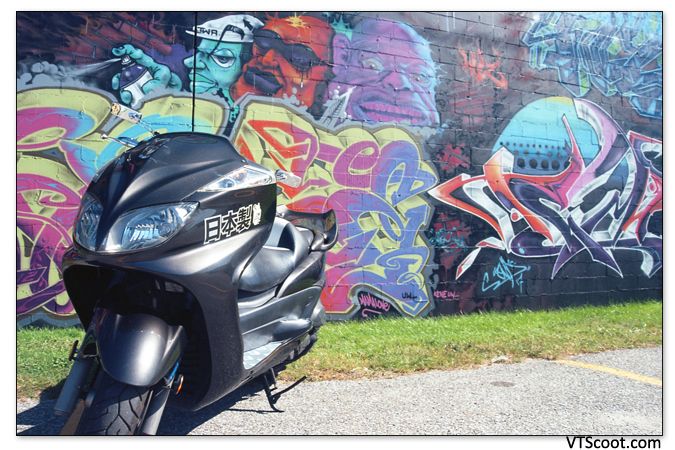
I have no idea how new or how old this K1000 camera of mine is (there’s ways to find out but I don’t care enough to do so right now), but it still works fantastically, and I suspect it will continue to shoot well for decades to come.
